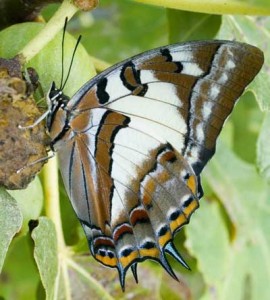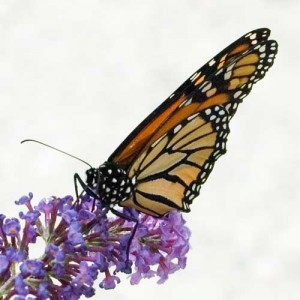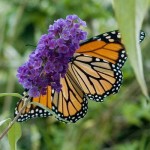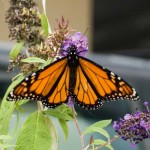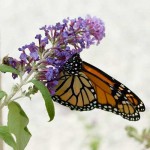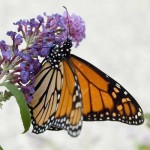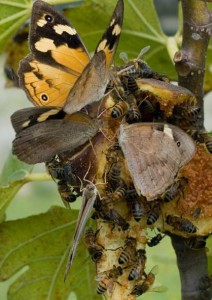
It is standing room only on the over-ripe flowering figs!
We’ve already had two pickings of ripe fruit, made two batches of Fig Paste and Jam, and are not yet ready to deal with another, so we left the fruit on the trees.
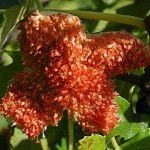
These figs open into a startling red “flower”, which as it ages becomes highly attractive to butterflies, bees and flies of all sorts. The butterflies become so affected by the fig juices that by the end of the day they can be easily approached and photographed.
Today, as well as the clouds of the Common Brown butterfly, a number of different types of bees and flies, a Tailed Emperor butterfly took advantage of a free feed. The Tailed Emperors lay eggs on our Kurrajongs, growing into a large and striking caterpillar, before turning into these beautiful, large butterflies.
